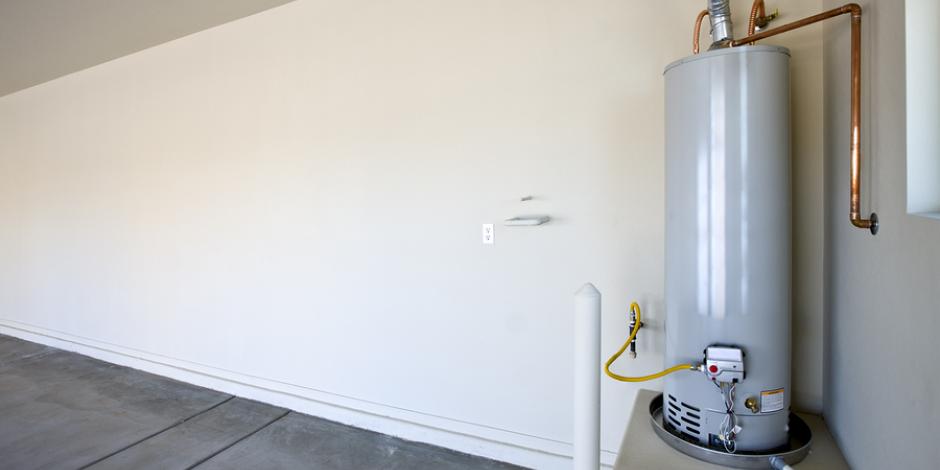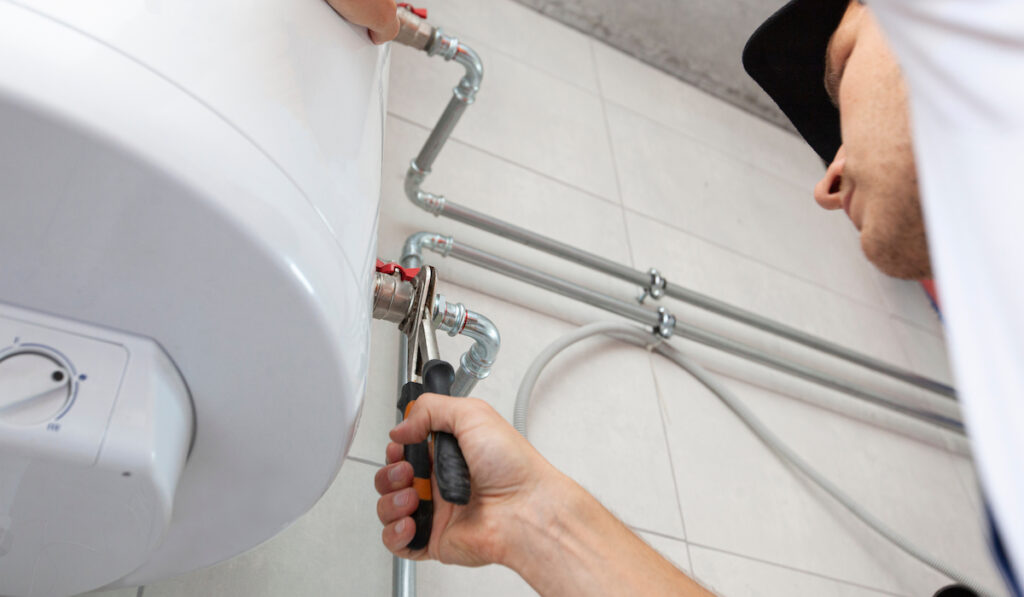Professional Guidance for Caring for Your Home's Hot Water SystemHow to Maintain Your Home's Hot Water System Properly
Professional Guidance for Caring for Your Home's Hot Water SystemHow to Maintain Your Home's Hot Water System Properly
Blog Article
What are your opinions concerning How to Maintain Your Water Heater & Prolong its Life?

Warm water is crucial for everyday comfort, whether it's for a refreshing shower or cleaning meals. To ensure your warm water system runs efficiently and lasts much longer, normal maintenance is crucial. This write-up supplies practical pointers and insights on exactly how to keep your home's hot water system to stay clear of disruptions and expensive repairs.
Introduction
Keeping your home's hot water system could seem difficult, yet with a few easy actions, you can guarantee it runs smoothly for several years to come. This overview covers everything from understanding your hot water system to do it yourself maintenance suggestions and recognizing when to call in professional assistance.
Value of Maintaining Your Hot Water System
Routine upkeep not only expands the lifespan of your warm water system but also ensures it operates effectively. Ignoring maintenance can lead to reduced performance, greater power costs, and even early failing of the system.
Signs Your Hot Water System Requirements Upkeep
Knowing when your hot water system requires focus can prevent significant concerns. Keep an eye out for signs such as inconsistent water temperature level, strange noises from the heater, or rustic water.
Recognizing Your Warm Water System
Prior to diving right into upkeep tasks, it's useful to understand the standard parts of your warm water system. Usually, this includes the hot water heater itself, pipelines, anode rods, and temperature controls.
Month-to-month Upkeep Tasks
Normal month-to-month checks can aid capture small problems before they intensify.
Flushing the Water Heater
Flushing your hot water heater eliminates sediment buildup, enhancing efficiency and prolonging its life.
Checking and Changing Anode Rods
Anode poles avoid corrosion inside the tank. Inspecting and replacing them when worn out is critical.
Inspecting and Adjusting Temperature Settings
Adjusting the temperature level setups makes sure optimal performance and safety.
DIY Tips for Maintenance
You can perform numerous upkeep jobs yourself to keep your hot water system in leading condition.
Looking for Leakages
On a regular basis examine pipelines and links for leakages, as these can lead to water damage and greater expenses.
Evaluating Stress Alleviation Valves
Examining the stress relief valve guarantees it works correctly and protects against excessive stress accumulation.
Shielding Pipelines
Protecting hot water pipes reduces warmth loss and can save power.
When to Call a Professional
While do it yourself maintenance is valuable, some problems require expert know-how.
Complex Problems Requiring Professional Aid
Examples consist of significant leakages, electrical problems, or if your hot water heater is constantly underperforming.
Routine Professional Maintenance Benefits
Specialist upkeep can consist of complete evaluations, tune-ups, and making certain conformity with safety and security standards.
Verdict
Normal maintenance of your home's warm water system is important for performance, longevity, and price savings. By following these ideas and knowing when to look for professional aid, you can guarantee a trustworthy supply of hot water without unanticipated disturbances.
How to Maintain an Instant Hot Water Heater
Before tinkering with your hot water heater, make sure that it’s not powered on. You also have to turn off the main circuit breaker and shut off the main gas line to prevent accidents. Also turn off the water valves connected to your unit to prevent water from flowing into and out of the appliance. 2. When you’re done, you have to detach the purge valves’ caps. These look like the letter “T” and are situated on either side of the water valves. Doing so will release any pressure that has accumulated inside the valves while at the same time avoid hot water from shooting out and burning your skin. 3. When the purge valves’ caps are removed, you have to connect your hosing lines to the valves. Your unit should have come with three hoses but if it didn’t, you can purchase these things from any hardware or home repair shops. You can also get them from retail stores that sell water heating systems. Read the user’s manual and follow it to complete this task properly. When the hosing lines are connected, open the purge port’s valves. 4. You should never use harsh chemical cleaners or solutions when cleaning your unit. Make use of white vinegar instead. It should be undiluted and you’ll probably use about 2 gallons. 5. Now flush your water heater. This task should probably take about 40 minutes. We can’t give you specific directions for this because the procedure is carried out depending on the type, model and brand of your heater. With that being said, refer to the user’s manual. 6. When you’re done draining the unit, you have to turn off the purge port valves again. Remove the hosing lines that you earlier installed on each of the water valves. Put the valve caps (purge port) back in their respective places and be very careful so as not to damage the rubber discs that are found inside these caps. 7. Now that everything’s back in place, check your user’s manual again to find out how to reactivate your water heating system. 8. Once it is working, turn one of your hot water faucets on just to let air pass through the heater’s water supply pipes. Leave the tap on until water flows smoothly out of it. https://www.orrplumbing.com/blog/2014/september/how-to-maintain-an-instant-hot-water-heater/

As an enthusiastic reader about How to Maintain a Hot Water Heater in a Few Simple Steps, I was thinking sharing that portion was really useful. Please take the opportunity to share this post if you appreciated it. Many thanks for going through it.
Estimating Report this page